Indoor plants not only beautify our living spaces but also contribute to our overall well-being. Choosing the right plants for your home can be an exciting and rewarding experience, especially when you have west-facing windows.
These windows offer a generous amount of sunlight, making them an excellent spot for a diverse range of plants to flourish.
By understanding the characteristics of west-facing windows and selecting the right plants, you can create a vibrant and thriving indoor garden.
In this article, we will explore the best plants for west-facing windows and discover how they can thrive in the sunlight.
Factors to Consider for West-Facing Window Plants
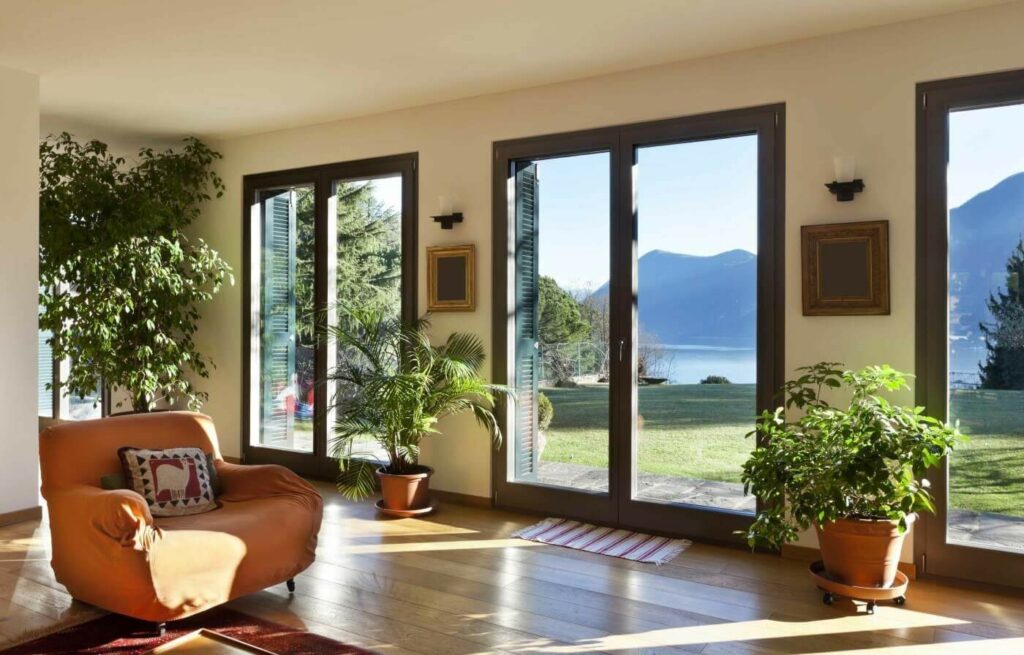

When selecting plants for your west-facing windows, several factors should be taken into consideration to ensure optimal growth and health. Let’s explore these factors in more detail:
- Light intensity and duration: West-facing windows receive direct sunlight in the afternoon, which can be quite intense.
It’s crucial to assess the light requirements of your chosen plants and match them with the light intensity provided by your window. Some plants thrive in full sunlight, while others prefer filtered or indirect light.
Take note of each plant’s specific light requirements to ensure they receive the appropriate amount of sunlight for their growth and development.
- Temperature and humidity: In addition to sunlight, west-facing windows can bring warmth into your space. Some plants may thrive in the slightly higher temperatures near the window, while others might require a cooler environment.
It’s important to consider the temperature preferences of your chosen plants and ensure that the temperature near the window remains within their preferred range. Additionally, west-facing windows can affect humidity levels in the area.
Certain plants, such as tropical or moisture-loving species, might appreciate the increased humidity provided by the window, while others may require drier conditions.
Understanding the temperature and humidity requirements of your plants will help create an environment that supports their well-being.
- Space availability and size of windowsill: Before selecting plants, evaluate the space available on your windowsill. Consider the dimensions of the windowsill and the potential height and spread of the plants you wish to grow.
It’s essential to choose plants that fit well within the available space without overcrowding. Take into account the mature size and growth habits of the plants to ensure they have enough room to grow and flourish.
Overcrowding can restrict airflow, leading to increased risk of diseases or stunted growth. By selecting plants that suit the size of your windowsill, you can create an aesthetically pleasing and healthy indoor garden.
Top Plants for West-Facing Windows
Spider Plant
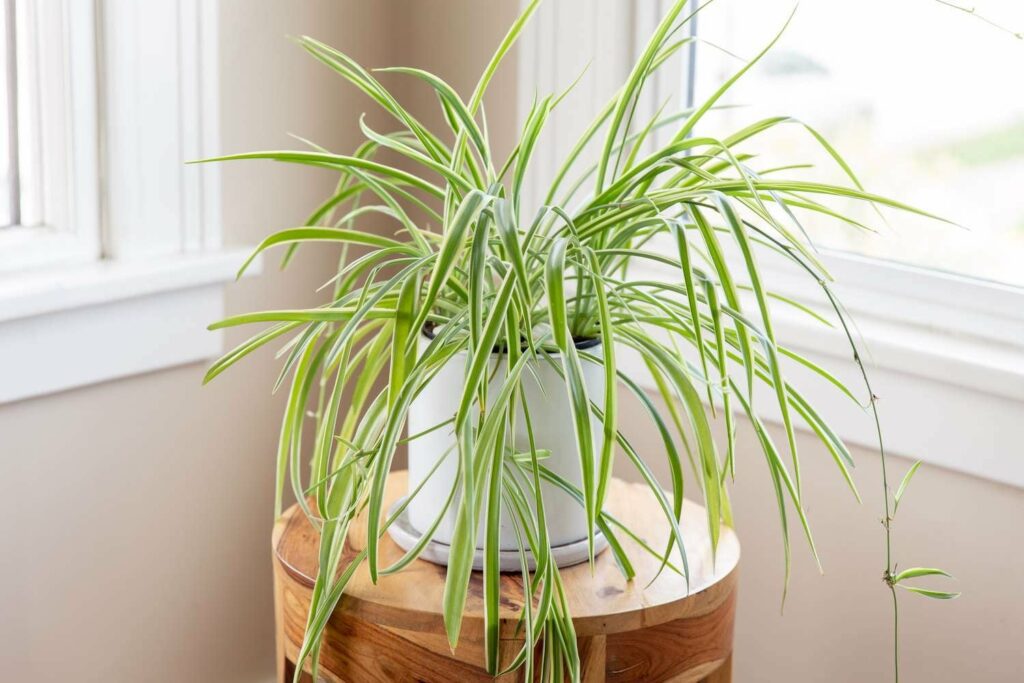

Botanical Name: Chlorophytum comosum
Origin: South Africa
Size: Up to 2 feet wide and tall
Light: Bright, indirect light but can tolerate some direct sunlight
Water: Allow the soil to dry partially between waterings
Toxicity: Non-toxic to humans and pets
The spider plant is a classic choice for west-facing windows. With its long, arching leaves adorned with white stripes, it adds a touch of elegance to any space.
Spider plants thrive in bright, indirect light and can tolerate occasional direct sunlight. They are relatively low-maintenance and can even help improve air quality.
Jade Plant
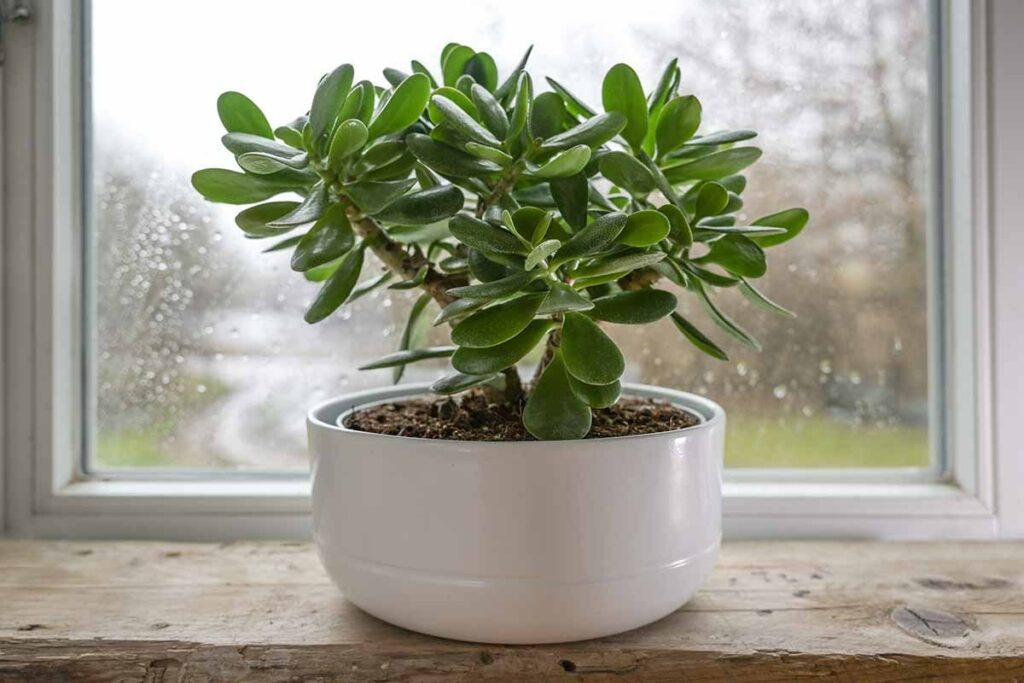

Botanical Name: Crassula ovata
Origin: South Africa
Size: Up to 3 feet wide and tall
Light: Bright light, including direct sunlight
Water: Allow the soil to dry completely between waterings
Toxicity: Mildly toxic to pets if ingested in large quantities
The jade plant, also known as the money plant or lucky plant, is a popular succulent with fleshy, oval-shaped leaves. It thrives in bright light and can handle direct sunlight, making it a perfect fit for west-facing windows.
Jade plants are known for their resilience and are often associated with good luck and prosperity.
Peace Lily
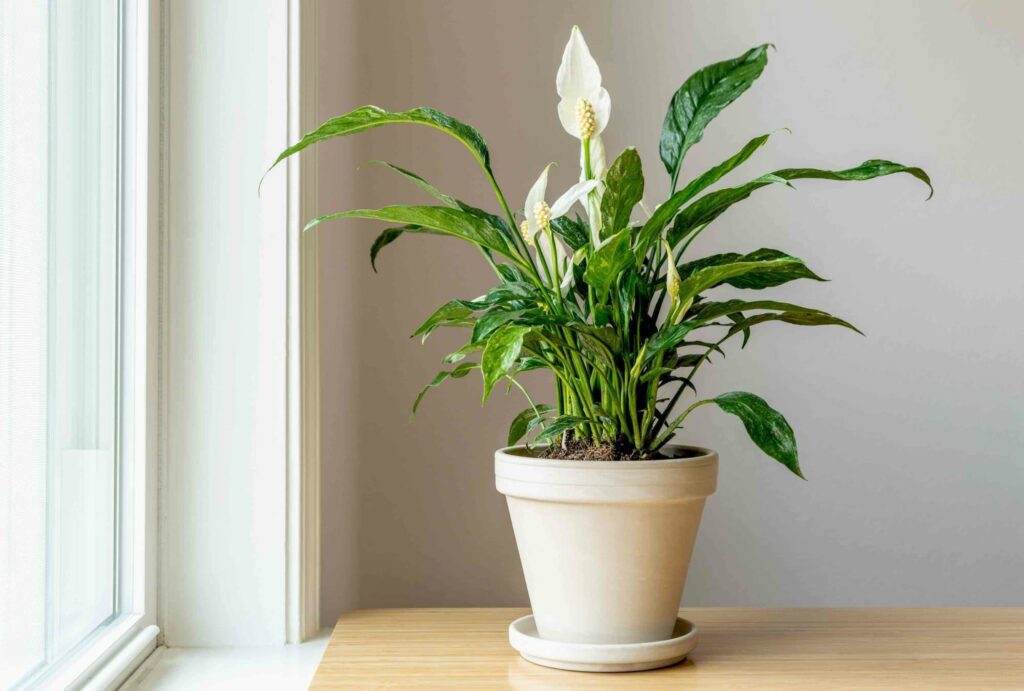

Botanical Name: Spathiphyllum
Origin: Central and South America, Southeast Asia
Size: Up to 3 feet tall
Light: Bright, indirect light but can tolerate some direct sunlight
Water: Ensure that the soil is consistently moist, but avoid overwatering
Toxicity: Can be mildly toxic if consumed by humans or pets
The peace lily is renowned for its striking white flowers and glossy green leaves. It prefers bright, indirect light but can tolerate some direct sunlight in the morning or late afternoon.
Peace lilies are known for their ability to purify the air and create a serene atmosphere, making them an excellent choice for west-facing windows.
Aloe Vera


Botanical Name: Aloe barbadensis
Origin: Arabian Peninsula, North Africa
Size: Up to 2 feet tall
Light: Bright, direct sunlight
Water: Allow the soil to dry completely between waterings
Toxicity: Can be mildly toxic if consumed by humans or pets
Aloe vera is a versatile and hardy succulent that thrives in sunlight. Its plump, fleshy leaves contain a gel-like substance with various medicinal properties.
Aloe vera plants prefer direct sunlight, making them an excellent choice for west-facing windows. Just be careful not to overwater them, as they prefer well-draining soil.
Snake Plant
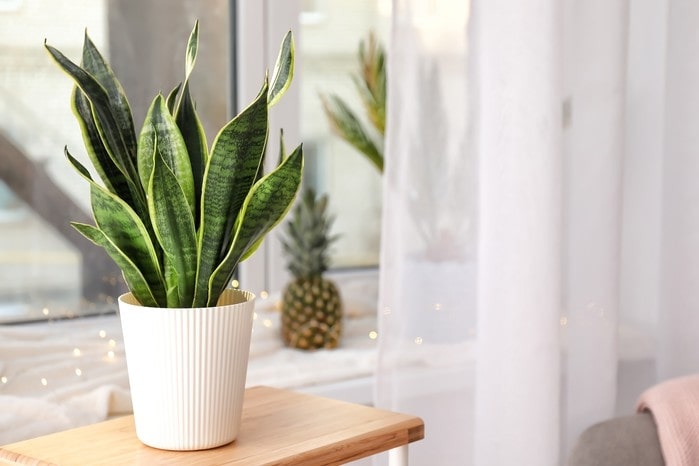

Botanical Name: Sansevieria trifasciata
Origin: West Africa
Size: Up to 4 feet tall
Light: Bright, indirect light to low light
Water: Allow the soil to partially dry out between each watering session
Toxicity: Can be mildly toxic if consumed by humans or pets
Snake plants are well-known for their air-purifying qualities and ability to thrive in various lighting conditions. They can tolerate both bright, indirect light and low-light situations, making them an excellent choice for west-facing windows.
Snake plants have tall, sword-shaped leaves that come in various shades of green and yellow.
Pothos
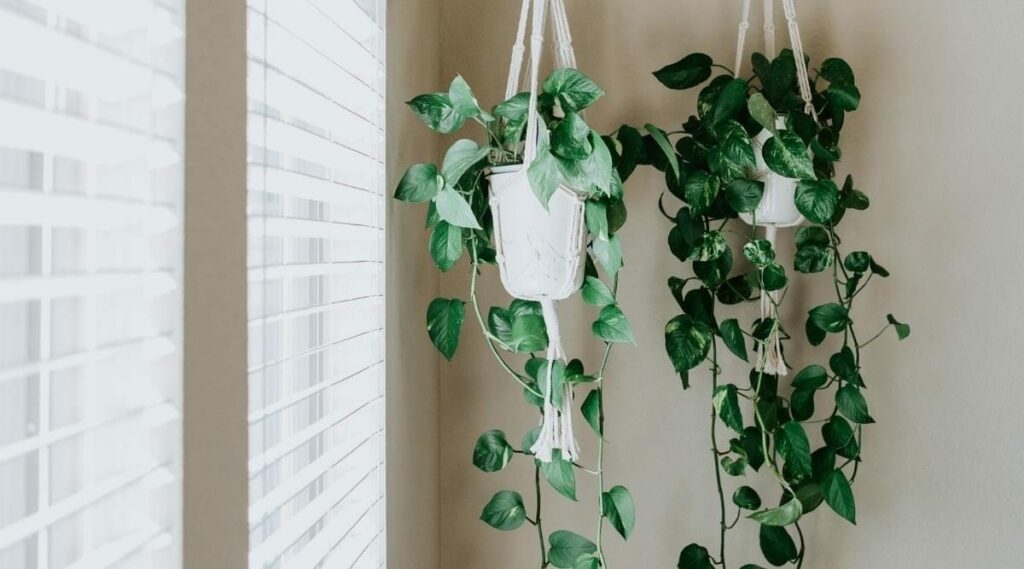

Botanical Name: Epipremnum aureum
Origin: Southeast Asia, Australia
Size: Up to 6-10 feet long
Light: Bright, indirect light but can adapt and tolerate lower light conditions
Water: Allow the soil to partially dry out between each watering session
Toxicity: Can be mildly toxic if consumed by humans or pets
Pothos, also known as devil’s ivy, is a popular trailing plant that adds a touch of lushness to any room.
It flourishes in bright, indirect light but can also tolerate lower light conditions with ease. Pothos is known for its heart-shaped leaves, which come in different shades of green and variegation patterns.
ZZ Plant
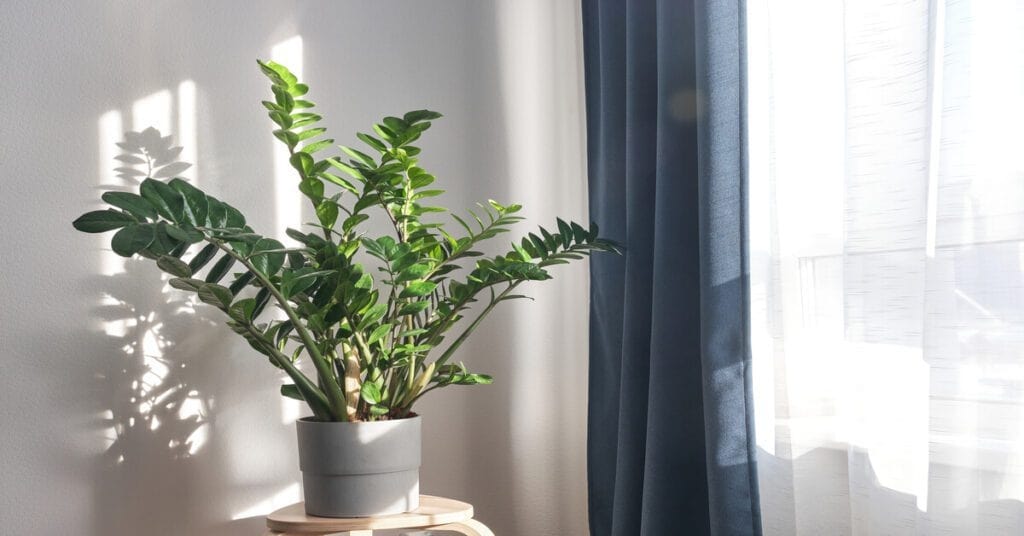

Botanical Name: Zamioculcas zamiifolia
Origin: Eastern Africa
Size: Up to 2-3 feet tall
Light: Bright, indirect light to low light
Water: Allow the soil to partially dry out between each watering session
Toxicity: Can be mildly toxic if consumed by humans or pets
The ZZ plant is a low-maintenance and resilient plant that can thrive in a range of lighting conditions, including bright, indirect light to low light.
The glossy, dark green leaves of this plant bring a touch of elegance and sophistication to any space. ZZ plants are excellent choices for busy individuals or those new to plant care.
Haworthia
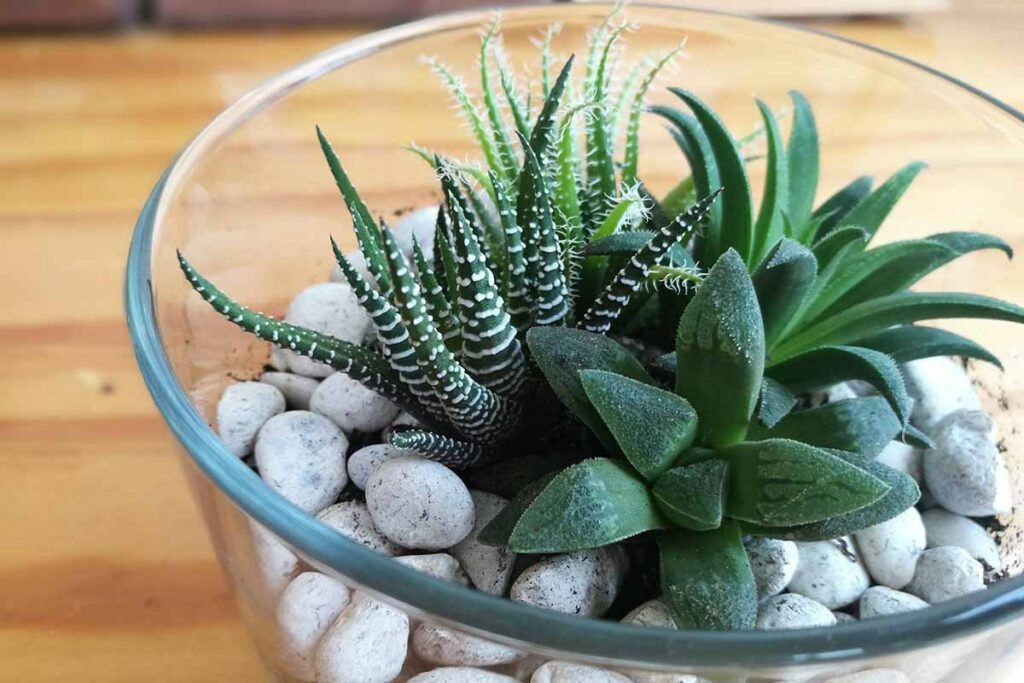

Botanical Name: Haworthia
Origin: Southern Africa
Size: Varies depending on the species
Light: Bright, indirect light but can tolerate some direct sunlight
Water: Allow the soil to partially dry out between each watering session
Toxicity: Non-toxic to humans and pets
Haworthias are small succulents with distinctive rosette-shaped leaves. These plants have a preference for bright, indirect light, but they can also withstand and thrive in some direct sunlight exposure.
Haworthias come in various sizes and patterns, making them versatile and visually appealing choices for west-facing windows.
Dracaena
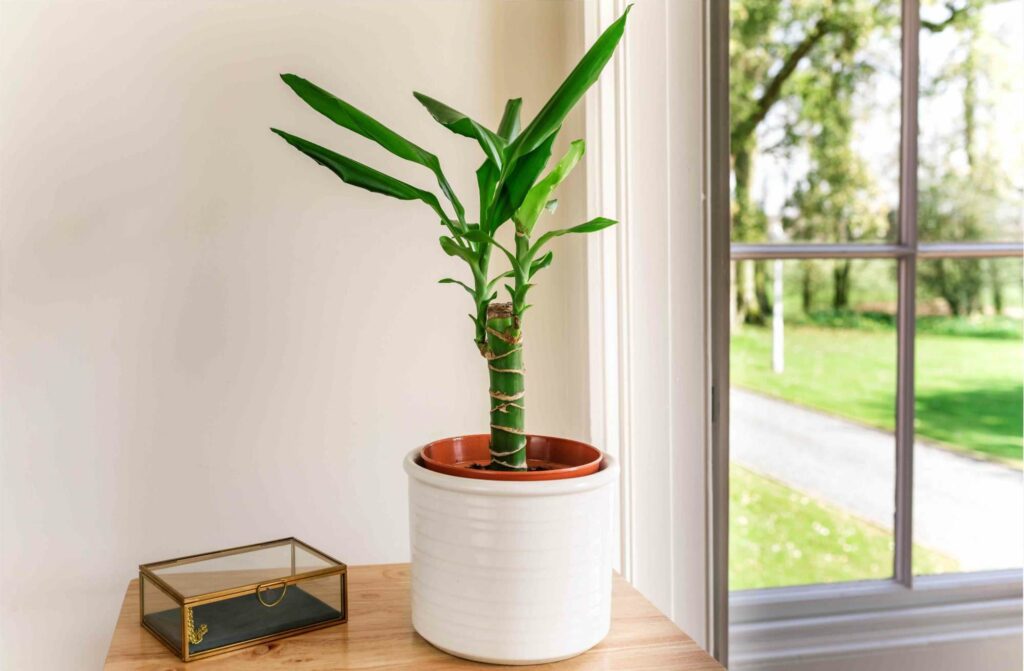

Botanical Name: Dracaena
Origin: Africa, Asia, Central America
Size: Varies depending on the species
Light: Bright, indirect light but can tolerate some direct sunlight
Water: Allow the soil to partially dry out between each watering session
Toxicity: Mildly toxic to pets if ingested
Dracaenas are popular indoor plants known for their diverse foliage. These plants prefer bright, indirect light and can handle some direct sunlight.
Dracaena leaves come in various shapes, sizes, and patterns, adding visual interest to your space. They are relatively low-maintenance and can tolerate a bit of neglect.
Chinese Evergreen
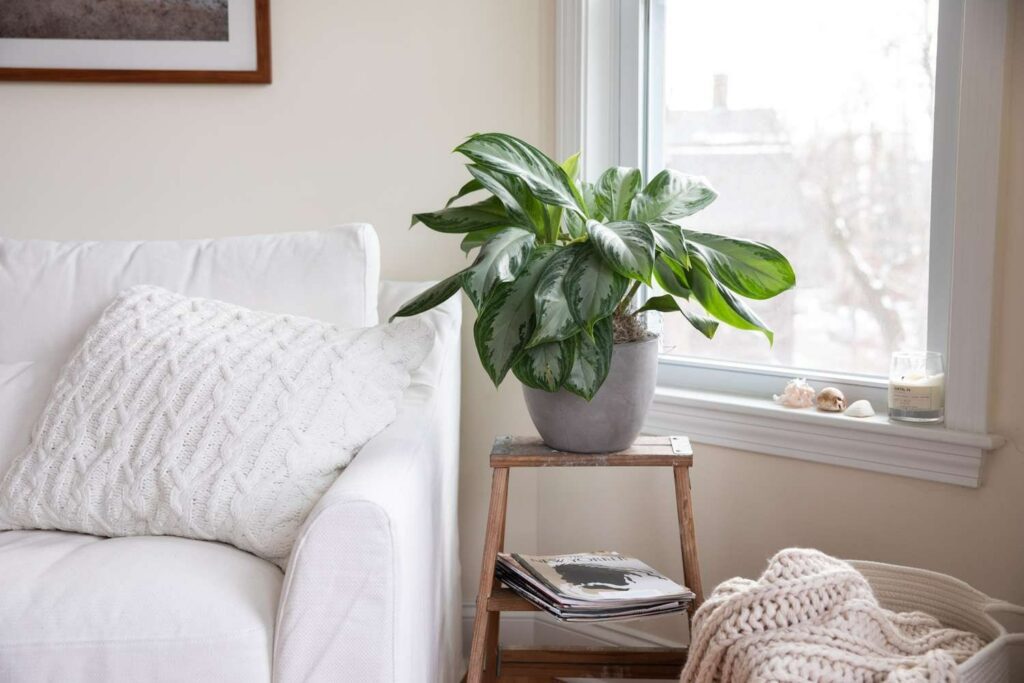

Botanical Name: Aglaonema
Origin: Southeast Asia
Size: Up to 2-3 feet tall
Light: Bright, indirect light but can adapt and tolerate lower light conditions
Water: Allow the soil to partially dry out between each watering session
Toxicity: Can be mildly toxic if consumed by humans or pets
Chinese evergreen is a beautiful foliage plant that can tolerate a wide range of lighting conditions, including bright, indirect light.
It comes in various shades of green, silver, and even red, adding a pop of color to your west-facing windows. Chinese evergreen plants are also known for their air-purifying properties.
Boston Fern
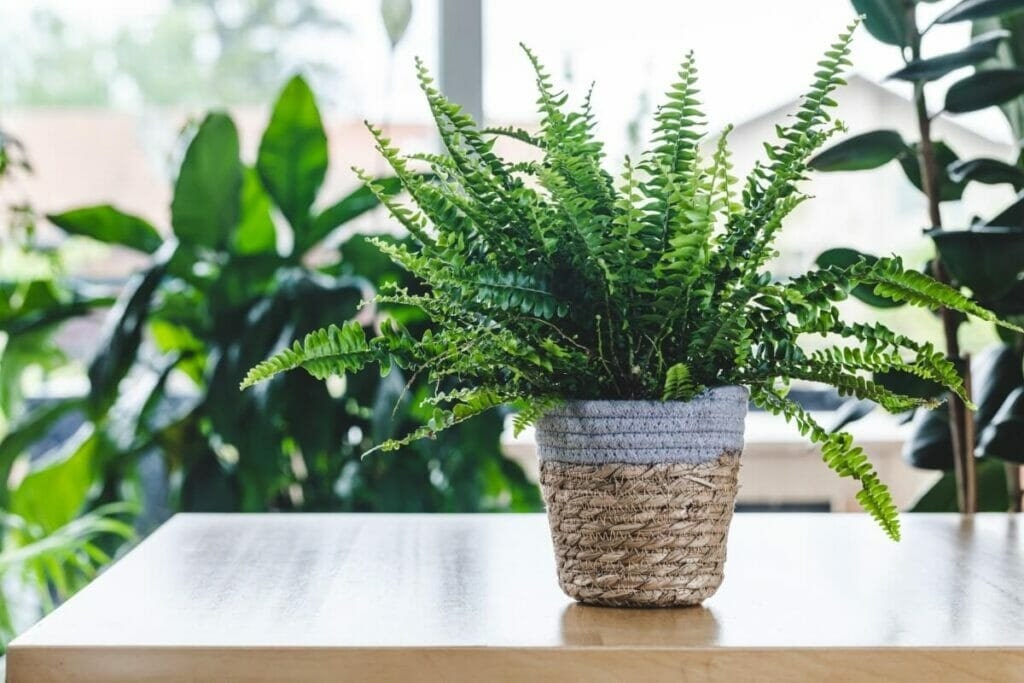

Botanical Name: Nephrolepis exaltata
Origin: Tropical regions worldwide
Size: Up to 2-4 feet tall and wide
Light: Bright, indirect light
Water: Keep the soil consistently moist, but avoid overwatering
Toxicity: Non-toxic to humans and pets
Boston Ferns thrive in bright, indirect light and appreciate the humidity provided by west-facing windows. With their lush, feathery fronds, they add a touch of elegance to any space.
Geranium
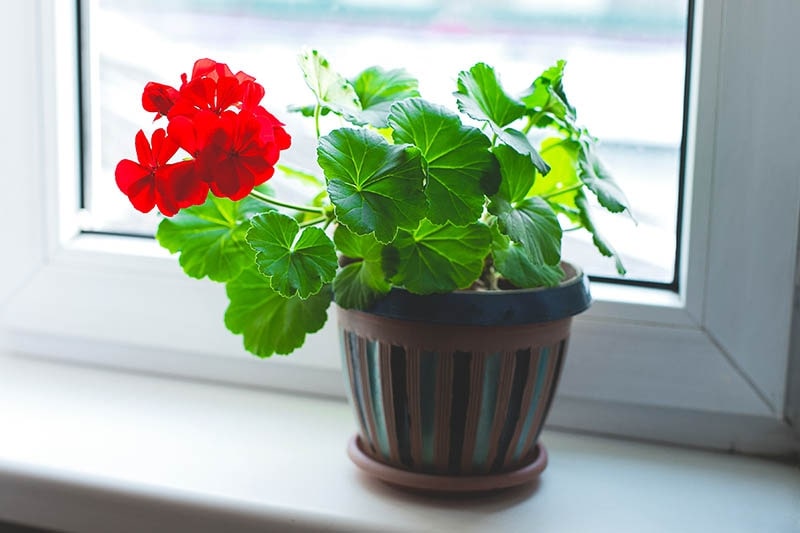

Botanical Name: Pelargonium
Origin: Southern Africa
Size: Varies depending on the species
Light: Bright light, including direct sunlight
Water: Allow the soil to dry partially between waterings
Toxicity: Non-toxic to humans and pets
Geraniums are vibrant flowering plants that love bright light, including direct sunlight. They bloom profusely and come in a wide array of colors, making them a delightful addition to your west-facing windows.
Enhancing the Aesthetics of West-Facing Windows


Your west-facing windows can become a focal point in your living space, not just with the plants themselves but also through thoughtful styling and complementary decor.
Styling Ideas and Plant Arrangement
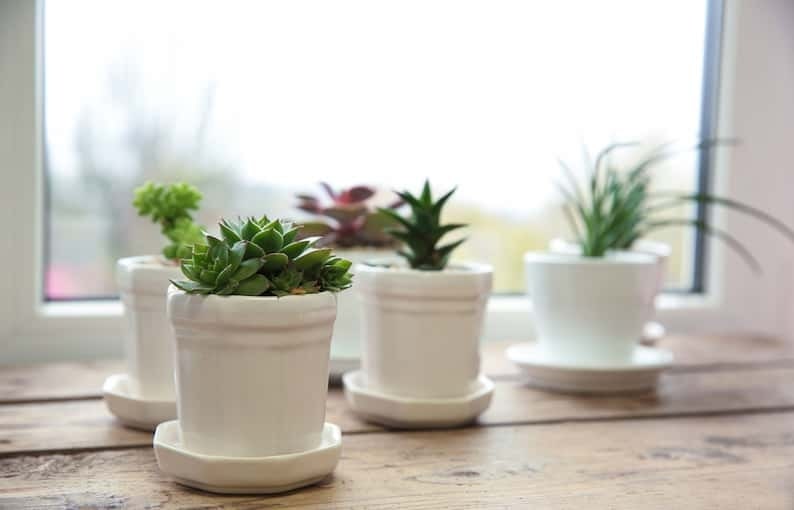

- Layered Display: Create depth and visual interest by arranging plants of varying heights. Place taller plants at the back and shorter ones at the front to create a layered effect.
- Grouping: Group plants with similar light and humidity requirements together. This not only creates a cohesive look but also makes it easier to care for them.
- Hanging Plants: Utilize hanging planters or macrame holders to add a dynamic element and make use of vertical space. Hang trailing plants, such as pothos or string of pearls, near the window to showcase their cascading foliage.
- Terrariums: Consider adding a small terrarium to your windowsill. These miniature gardens enclosed in glass containers create a captivating display and can be filled with a variety of moisture-loving plants like ferns or mosses.
Decorative Pots and Planters
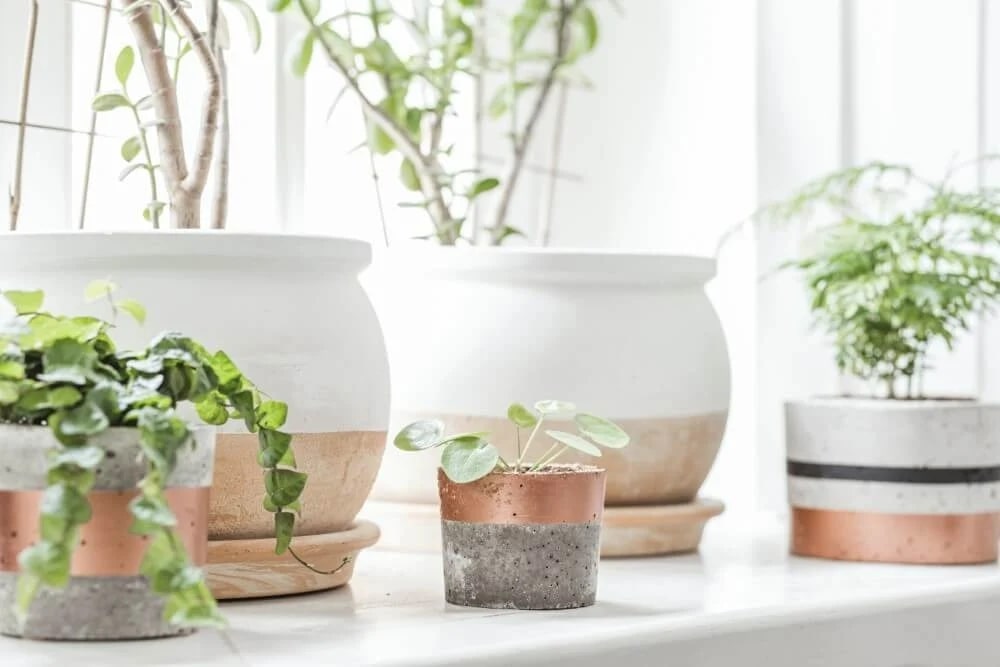

- Unique Containers: Opt for decorative pots and planters that complement your interior style. Choose from a wide range of materials, such as ceramic, terracotta, or colorful glazed pots, to add personality and charm to your windowsill.
- Hanging Baskets: Hang plants in woven baskets or decorative hangers to add texture and a bohemian touch to your window display.
- Plant Stands: Elevate your plants with stylish plant stands or pedestals. These not only add height variation but also showcase your plants as eye-catching focal points.
Complementary Accessories and Decor
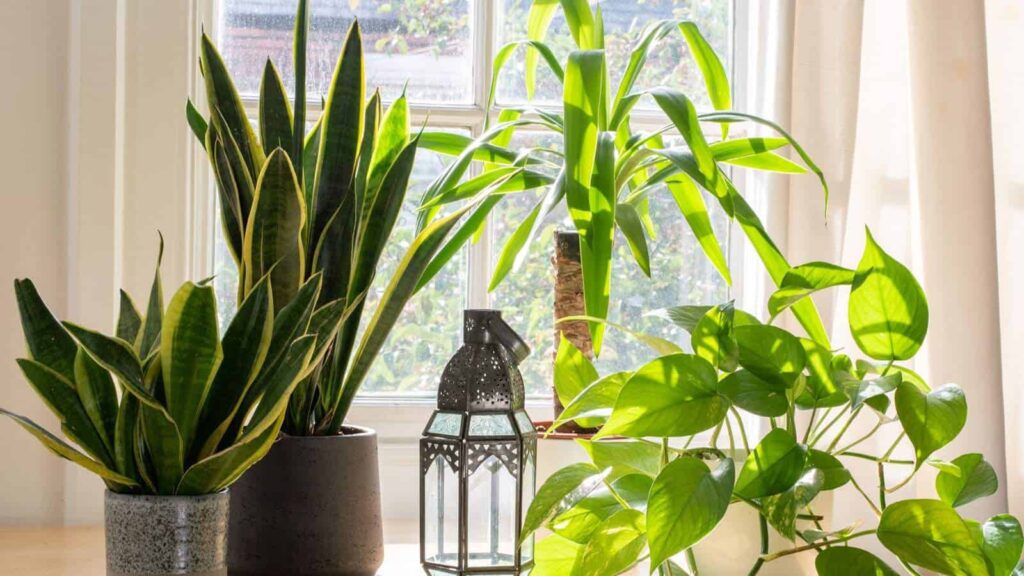

- Window Sheers or Curtains: Soften the sunlight and add a touch of elegance to your west-facing windows by hanging sheer curtains or blinds.
These can help filter the intense afternoon sunlight while still allowing enough light for your plants.
- Decorative Accents: Add decorative elements like pebbles, decorative stones, or seashells to the base of your plants. This enhances the overall visual appeal and adds a finishing touch to your windowsill garden.
- Mirrors: Strategically place a mirror near your west-facing windows to reflect and amplify the natural light, creating a brighter and more spacious feel in the room.
- Artwork or Wall Decor: Consider adding artwork or wall decor adjacent to your windows. These can complement the plants and create a cohesive aesthetic theme in the room.



